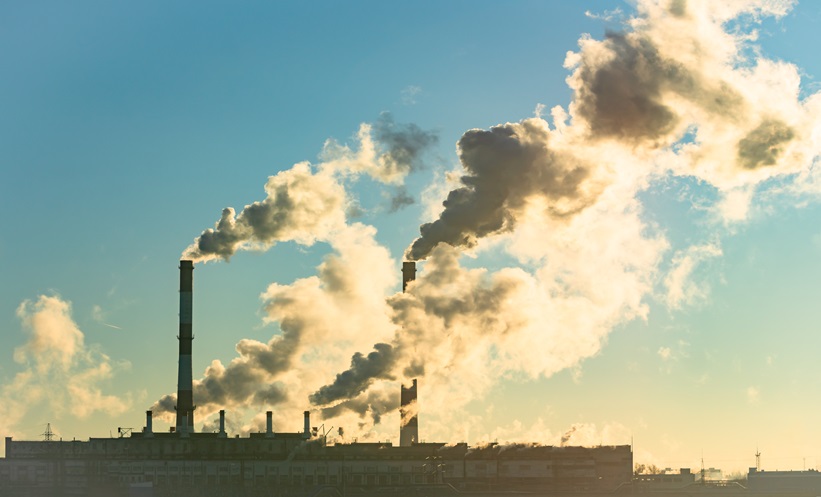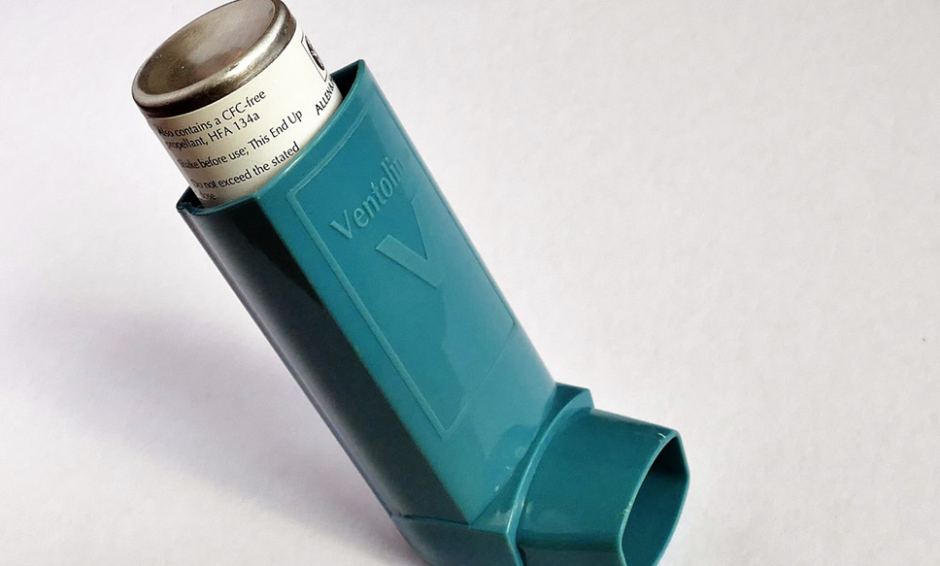ASTHMA is a chronic respiratory condition affecting over 250 million people worldwide, with symptoms like wheezing, coughing, and difficulty in breathing. While asthma remains incurable, studies have suggested a strong link between long-term exposure to fine particulate matter, or PM2.5, and the risk of developing asthma. PM2.5, tiny particles in the air, comes from sources such as traffic emissions, industrial activities, and natural dust. Due to its size, it can penetrate deep into the lungs, leading to respiratory issues. However, research on its long-term effect on asthma has yielded mixed results, leaving the relationship under ongoing investigation.
For children, numerous studies and meta-analyses have investigated the impact of PM2.5 on asthma, yet findings remain inconsistent, particularly as many studies come primarily from high-income, low-exposure Western countries. In adults, a lack of sufficient data has made it challenging to reach a consensus until recently. With advances in data collection and electronic health records, researchers have been able to access more comprehensive data from both high-income and low- to middle-income countries, broadening the scope and inclusivity of findings. Recent studies indicate that for every 10 µg/m³ increase in PM2.5, the risk of asthma rises by 21.4% in children and 7.1% in adults, suggesting a considerable threat posed by air pollution to respiratory health.
The economic impact of asthma is significant, with patients requiring lifelong medication and regular healthcare, which contributes to financial strain on families and national healthcare systems. If the relationship between PM2.5 and asthma continues to strengthen, stricter pollution control and policies on reducing PM2.5 emissions will be essential in mitigating this health burden. The findings call for targeted pollution controls, especially in highly polluted urban areas, to protect vulnerable populations such as children.
With asthma prevalence increasing globally, especially in low- and middle-income countries, addressing PM2.5 exposure could be a critical step in reducing the growing asthma burden worldwide.
Reference
Ni R, et al. Long-term exposure to PM2.5 has significant adverse effects on childhood and adult asthma: A global meta-analysis and health impact assessment. One Earth. 2024;DOI:10.1016/j.oneear.2024.09.022.







